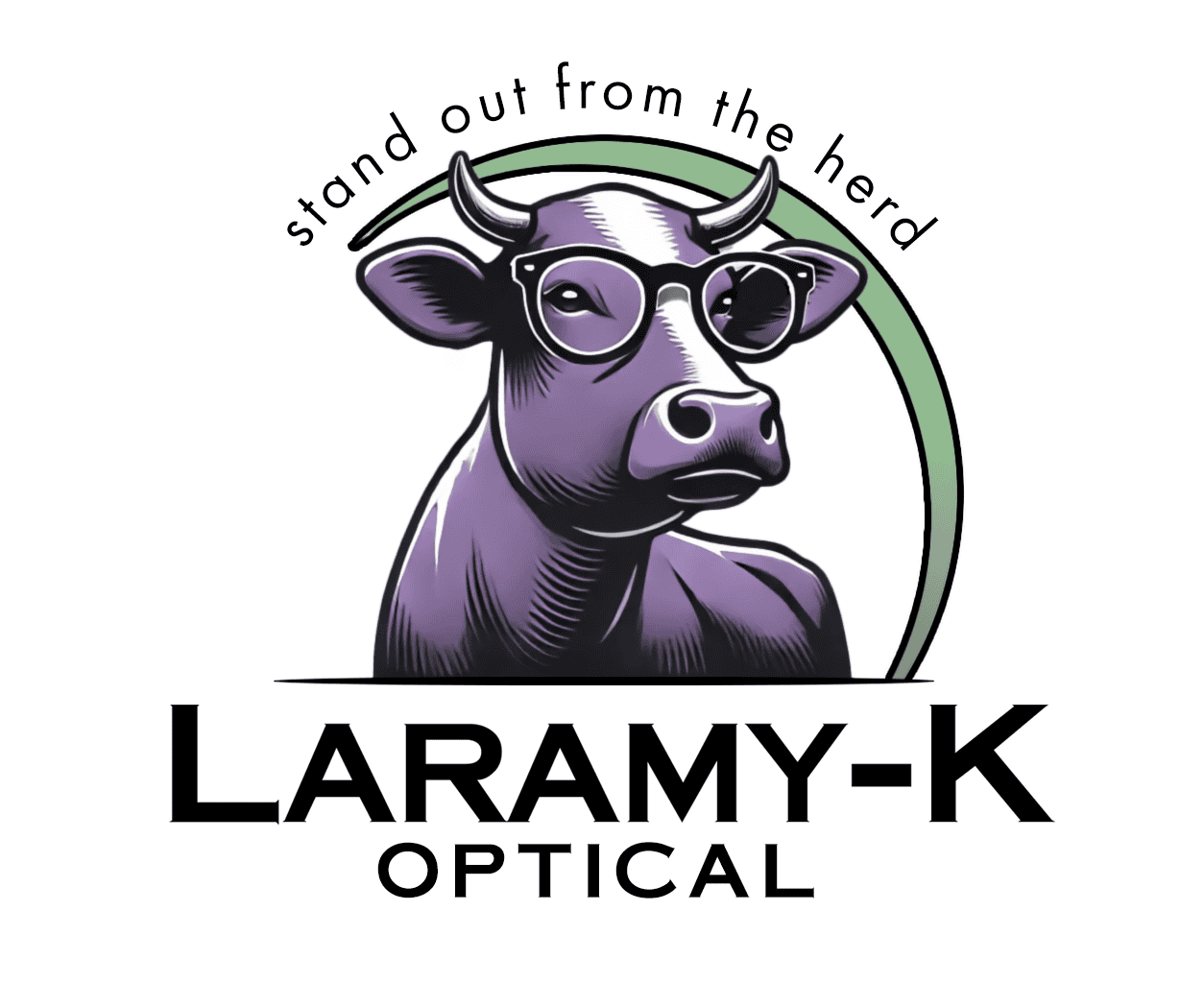Summary
While there is a new lens coating that seems to reduce glare and enhance color saturation for night-time driving in both young an old, research has shown that yellow-tinted glasses provide no help against glare common in night-driving scenarios. In fact, yellow night driving glasses may be more dangerous in night-driving conditions than no lenses at all. This article discusses the challenges posed by driving in night time conditions, the problems with the "traditional" yellow-tinted lenses, common advice for driving in night time conditions, and the new coating that aims to help address a significant portion of vision problems that arise while driving at night.
The Challenges of Night Driving and Vision
As time passes, night driving becomes more challenging for two reasons: aging eyes and the evolution of car headlights.
The shift from incandescent to modern high-intensity discharge and LED headlamps has transformed headlight colors and brightness. What used to be a more gentle, yellow glow has now turned into an intense, glaring blue light that can feel nearly as uncomfortable as direct sunlight.
Older eyes face challenges from saturated rod responses and pupil constriction driven by rods, cones, and melanopsin, which is worsened by certain types of cataracts, increasing glare and discomfort.
Yellow lenses have long been popular among shooters, aviators, and skiers for their potential to enhance contrast by reducing blue light and scattered short wavelengths (Rayleigh scattering). This scattering affects how we perceive the blue sky, mountains, and snow.
So, it would seem to make sense that yellow-tinted eyeglasses might help convert some of that intense, blue glare to a more comfortable, warm, yellow, glow.
A 2019 study highlights the significant impact of headlight glare on older individuals. It concluded that yellow lenses do not live up to advertisers' claims.
The Truth about Yellow Night Driving Glasses
In reality, when driving at night or dusk in already limited lighting conditions, ANY tint further reduces the amount of light transmitted to the eye and further impairs vision. The problem is compounded as the yellow tint gives the wearer the impression they are seeing better, when in fact the reverse is true.
Current Research on Yellow Night Driving Glasses
A study at Schepens Eye Research Institute of Harvard explored the effectiveness of night driving glasses for nighttime driving.
The study involved 22 participants who engaged in four different night-driving simulations. During these simulations, participants wore either yellow-tinted night driving glasses or clear-lensed glasses. Additionally, each simulation included driving conditions both with and without simulated headlight glare, designed to replicate the experience of facing oncoming traffic.
The key measure in each scenario was the participants' response time to notice a pedestrian on the simulated road.
The findings indicated that night driving glasses did not enhance:
- The ability of participants to spot pedestrians during nighttime.
- Mitigation of the adverse impact of headlight glare on identifying pedestrians.
The authors of the study noted, "Our results show that using yellow-lens glasses while driving at night doesn't enhance performance, especially in the crucial task of pedestrian detection.”
Concluding the study, the authors stated, "Based on these outcomes, recommending yellow-lens night-driving glasses by eye care professionals does not seem justified.”
"Yellow 'Night Driving' lenses have been shown to provide no benefit in seeing ability at night. They are even hazardous, because they give the driver a feeling of seeing better, which no one has yet been able to explain. Studies have shown that they actually impair visual performance and retard glare recovery. Many promoters have made unfounded claims for the ability of amber to improve night vision. They have employed mass solicitation, usually by mail. The Federal Trade Commission has correctly ruled that such practices are illegal since the lenses do not perform as claimed." - Forensic Aspects of Vision and Highway Safety", Merrill J. Allen, O.D., Ph.D., Et al.
While yellow lenses can be effective for foggy or hazy daylight conditions, they are not effective against headlight glare and should not be worn at dusk or night. If glare from headlights is a problem, the first step should be a thorough eye examination, as this could be an early indication of cataracts or other medical conditions.
"So-called night driving glasses are generally amber tinted eyewear meant to reduce the glare of oncoming headlights. While they may make the driver feel more comfortable, they also reduce the wearers visibility of the darker portions of the roadway." - Sunglass Association of America
Responsible dispensers of ophthalmic lenses should discourage the use of yellow tinted, polarized, or photochromic lenses in night time driving conditions and not participate in solicitation or marketing of so-called yellow night driving glasses by irresponsible manufacturers.
So, what can actually be done to improve vision in night driving conditions?
Most Common Advice for People Who Struggle Driving at Night
Before we discuss an effective lens coating that reduces glare and improves color saturation., let's start with the most common advice for people who have difficulty driving at night.
The best option for night time driving for those that wear prescription eyewear is a pair of glasses with clear lenses and an AR coating. The AR coating is beneficial in two ways. First, it minimizes internal reflections within the lenses, reducing halo problems, and second, it increases the transmittance of light through the lens to the eye. However, it is important to note, if a patient does not normally wear glasses, AR coated lenses, or any other type of night driving glasses will not improve night vision, as AR coatings only minimize aberrations that are inherent in ophthalmic lenses and night driving glasses will simply serve to introduce those aberrations to the wearer's vision.
Tips for optimal night time driving vision:
- Make sure eyes are examined regularly
- Always wear an up-to-date prescription
- Lenses worn should be clear with an AR coating
- Ensure lenses are clean
- Ensure windshield is clean
- Ensure headlights are clean and properly aligned
While all of this is good advice, in fact, it is certainly helpful to ensure that eyeglasses, windshields, headlights, etc. are not making the problem of driving at night worse, none of it actually does anything to correct the problem itself.
A New Effective Coating for Night Driving?
A 2005 study conducted by the Transportation Research Board investigated the effectiveness of Neodymium Oxide-doped glass (glass infused with neodymium oxide) in headlights, rear view mirrors, and windshields for reducing glare and improving night vision. The study was conducted in two stages: clinical optometric tests and subjective road tests with truck drivers.
The study found significant improvement in visual performance with Neodymium Oxide-doped glass in various tests. These included better readability of lettering in glare conditions, shorter after-image decay times, and enhanced color perception. The study suggests that Neodymium Oxide-doped glass is a viable option for glare reduction in automotive applications.
Laramy-K's Nightlite night driving lens coating was developed by Quantum Innovations, based on the 2005 study, to mimic the performance of Neodymium Oxide-doped glass by absorbing similar wavelengths with remarkable results.
Nightlite is available to eye care providers in any lens material, in any single vision and freeform lens design, and in Chemistrie magnetic clips.

